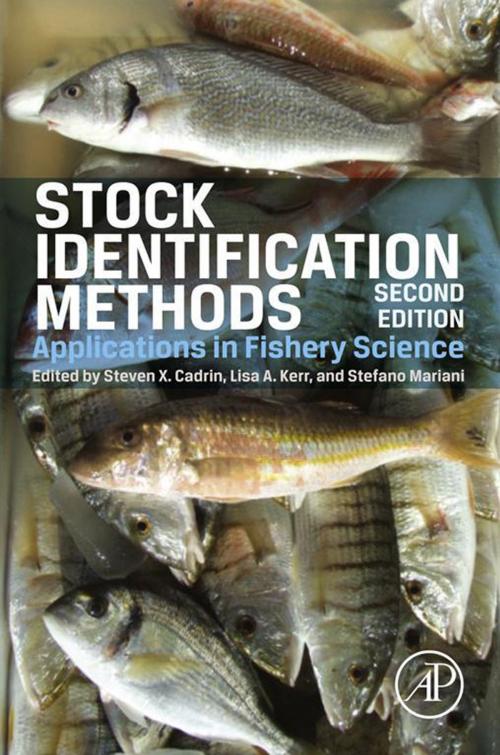Stock Identification Methods
Applications in Fishery Science
Nonfiction, Science & Nature, Technology, Fisheries & Aquaculture| Author: | ISBN: | 9780123972583 | |
| Publisher: | Elsevier Science | Publication: | October 4, 2013 |
| Imprint: | Academic Press | Language: | English |
| Author: | |
| ISBN: | 9780123972583 |
| Publisher: | Elsevier Science |
| Publication: | October 4, 2013 |
| Imprint: | Academic Press |
| Language: | English |
Stock Identification Methods, 2e, continues to provide a comprehensive review of the various disciplines used to study the population structure of fishery resources. It represents the worldwide experience and perspectives of experts on each method, assembled through a working group of the International Council for the Exploration of the Sea. The book is organized to foster interdisciplinary analyses and conclusions about stock structure, a crucial topic for fishery science and management.
Technological advances have promoted the development of stock identification methods in many directions, resulting in a confusing variety of approaches. Based on central tenets of population biology and management needs, this valuable resource offers a unified framework for understanding stock structure by promoting an understanding of the relative merits and sensitivities of each approach.
- Describes 18 distinct approaches to stock identification grouped into sections on life history traits, environmental signals, genetic analyses, and applied marks
- Features experts' reviews of benchmark case studies, general protocols, and the strengths and weaknesses of each identification method
- Reviews statistical techniques for exploring stock patterns, testing for differences among putative stocks, stock discrimination, and stock composition analysis
- Focuses on the challenges of interpreting data and managing mixed-stock fisheries
Stock Identification Methods, 2e, continues to provide a comprehensive review of the various disciplines used to study the population structure of fishery resources. It represents the worldwide experience and perspectives of experts on each method, assembled through a working group of the International Council for the Exploration of the Sea. The book is organized to foster interdisciplinary analyses and conclusions about stock structure, a crucial topic for fishery science and management.
Technological advances have promoted the development of stock identification methods in many directions, resulting in a confusing variety of approaches. Based on central tenets of population biology and management needs, this valuable resource offers a unified framework for understanding stock structure by promoting an understanding of the relative merits and sensitivities of each approach.
- Describes 18 distinct approaches to stock identification grouped into sections on life history traits, environmental signals, genetic analyses, and applied marks
- Features experts' reviews of benchmark case studies, general protocols, and the strengths and weaknesses of each identification method
- Reviews statistical techniques for exploring stock patterns, testing for differences among putative stocks, stock discrimination, and stock composition analysis
- Focuses on the challenges of interpreting data and managing mixed-stock fisheries















